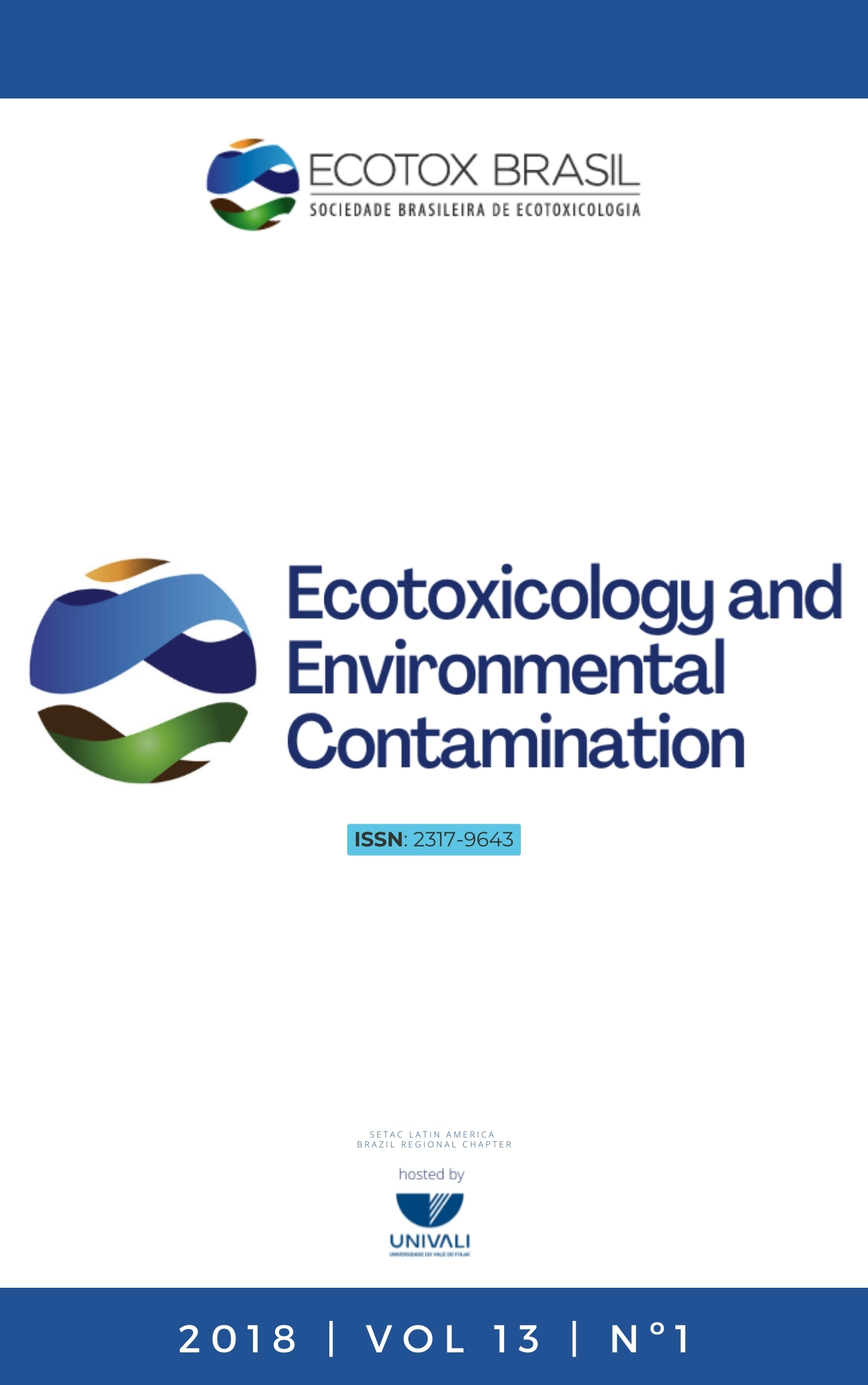Silver effect on the biodegradation process of styrene-ethylene/butylene-styrene based thermoplastic elastomers compounds upon weathering exposure
DOI:
https://doi.org/10.5132/eec.2018.01.04Keywords:
Microorganisms, Silver, Degradation, Elastomeric matrixAbstract
The incorporation of antibacterial additives in polymeric materials has become common to reduce the colonization of microorganisms in daily household items. This kind of product can be helpful to prevent diseases, but following the end of its useful lifetime, it might become an environmental problem, causing hazards also to the beneficial soil-borne microbes. This study aims to evaluate the effect of thermoplastic elastomers (TPEs) compounds loaded with silver ions (Ag+_bentonite, Ag+_phosphate) and nanoparticles (AgNp_silica) in the soil microbiota. Samples were exposed to weathering for 3, 6, 9 and 12 months, and monitored by carbon dioxide (CO2) production in the soil for 4 months. Standard sample exposed to weather by 6, 9 and 12 months showed higher CO2 production than samples unexposed or exposed for 3 months. By contrast, silver-loaded samples had higher CO2 production in samples pre-aged for 3 months, but the values decreased in samples pre-aged for 6, 9 and 12 months. Moreover, soil microbial counts were lower in samples that had lower CO2 production. Though the amount of silver in the soil has been lower than the limit of detection, after intense exposure to weather, the degradation of the polymer may have facilitated the release of silver from the TPE matrix, and on these terms, silver may have caused a harmful effect on soil fungi and bacterial population.Downloads
Published
How to Cite
Issue
Section
License
Copyright (c) 2018 Ecotoxicology and Environmental Contamination

This work is licensed under a Creative Commons Attribution 4.0 International License.
Copyright © 2006 ECOTOX-Brasil
Copyright notice: It is a condition for publication that manuscripts submitted to this journal have not yet been published and will not be simultaneously submitted or published elsewhere. By submitting a manuscript, the authors agree that copyright for their article is transferred to the Sociedade Brasileira de Ecotoxicologia (ECOTOX-Brasil) if and when the article is accepted for publication. The copyright covers the exclusive rights to reproduce and distribute articles, including reprints, photographic reproductions or any other reproduction of a similar nature, including translations. No part of this publication may be reproduced, stored in a retrieval system or transmitted in any form or by any means, electronic, mechanical, photocopying, recording or otherwise, without permission of the publisher.
Notice: While every effort is made by the EEC, editors and editorial board to see that no inaccurate or misleading data, opinions or statements appear in this journal, they wish to make it clear that the contents of the articles and advertisements published herein are the sole responsibility of the contributors or advertisers concerned. Accordingly, the EEC, the editorial board and editors and their respective employees, officers and agents accept no responsibility or liability whatsoever for the consequences of any inaccurate or misleading data, opinion or statement.








